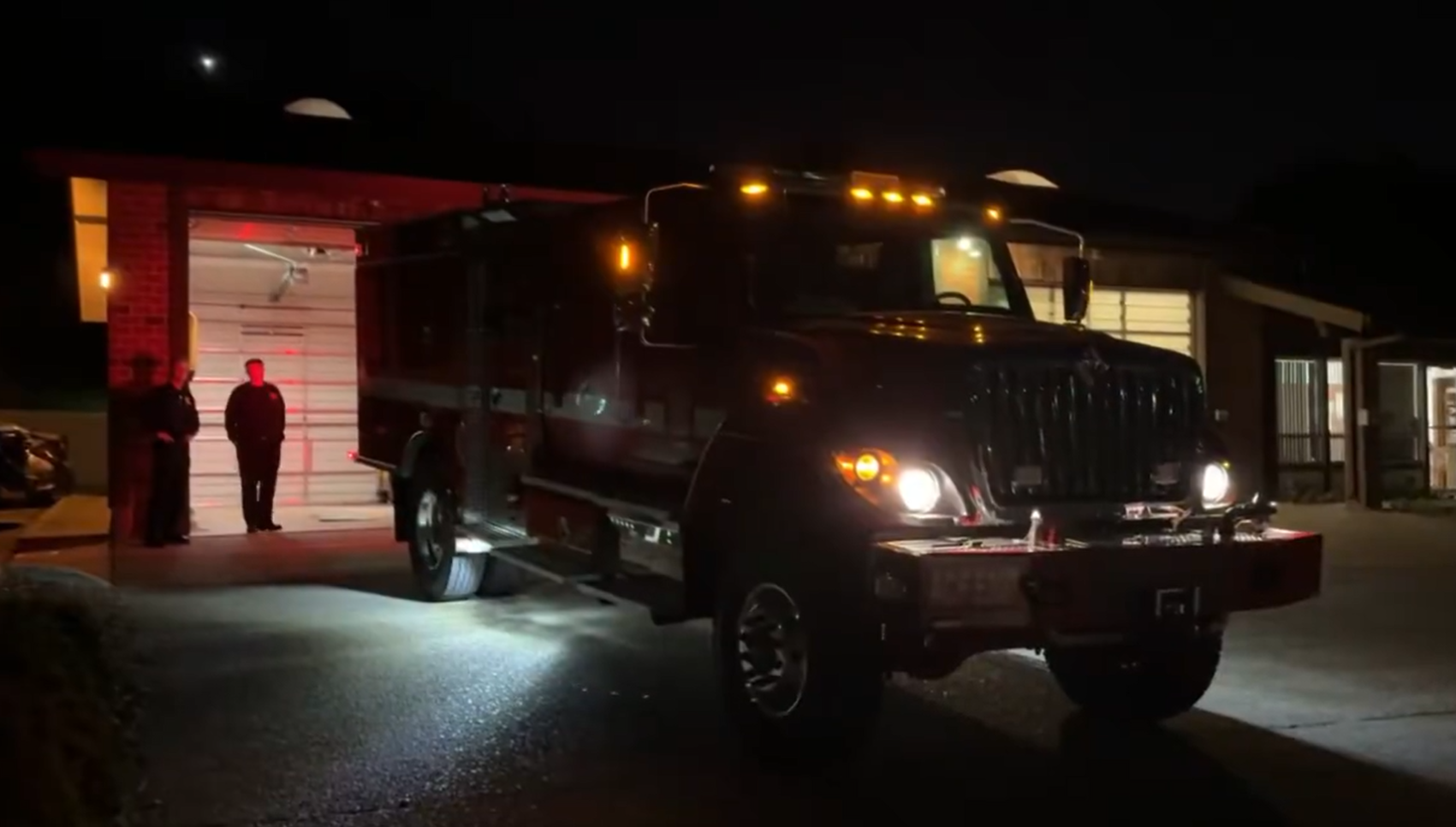
Silicon Valley companies are adjusting their needs for in-person work spaces as employees refuse to go back to the office.
Commercial vacancy rates continue to climb, even though development is making a comeback, according to a December report from Joint Venture Silicon Valley and commercial real estate firm JLL Silicon Valley. Vacancy rates are up across all sectors -- with 24.6% vacancy in labs, 11.1% in research and development and 4.7% in industrial. The vacancy rate for office space reached 21.8% in the third quarter of 2024, up from 19.6% in 2023 and more than doubling from 8.6% in 2019.
The report compiles commercial real estate trends through the third quarter of 2024 in Santa Clara and San Mateo counties, as well as Fremont and Newark.
"I'm calling it the paradox of 2024," Joint Venture Silicon Valley CEO Russell Hancock told San Jose Spotlight. "The paradox is that we have a growing economy and less need of space."
While new development is on the rise, Hancock said trends show workers are unlikely to return to the office full time. Employees have resisted coming back, with a report published last year showing the San Jose metro area has a 40.7% return-to-office rate -- one of the nation's lowest.
Employees working from home is one aspect, but Hancock identified remote workers as people who work for Silicon Valley companies and live outside the Bay Area and California.
He said remote work has grown in popularity as the cost of living and housing in Silicon Valley continue to rise.
Local
"Now people have found that they can have it both ways, with the high pay and the opportunities and changing the world," Hancock told San Jose Spotlight. "They can do that, and they can live in a house. They can do both."
While vacancy rates are still high, development rates have also risen, reaching a post-pandemic high in the third quarter. The report estimates about 9 million new square feet of commercial space was constructed in 2024, compared to 6.4 million in 2023.
Get a weekly recap of the latest San Francisco Bay Area housing news. >Sign up for NBC Bay Area’s Housing Deconstructed newsletter.
Hancock said he doesn't know what's causing the "paradox" of increasing development and vacancy rates. He said tech companies used to cater to employees with a full menu of onsite amenities, including gym facilities and laundry services. After the COVID-19 pandemic, however, those companies stopped prioritizing workers coming into the office.
The report found demand for lab and industrial space continuing to grow, in sectors that require employees to be present.
"I think there will just be continuous evolution. Right now, we're in this place where people are de-emphasizing place, and accenting connectivity and disbursed models," Hancock said. "That's where we are right now, but we won't stay there."
Land use consultant Bob Staedler agrees. He anticipates the commercial real estate market to recover in the near future. He said San Jose has not had as many companies defaulting on their loans compared to San Francisco, which is a good sign.
Staedler said existing commercial buildings are likely to fill first and recover quicker than new construction, as tenants downsize or relocate to cheaper space.
Yet he pointed out it's too early to tell what the commercial landscape will look like, since most companies held off on major financial decisions until after the November elections.
"I don't think we're going to know what the new normal is for another year," Staedler told San Jose Spotlight. "Let's see if we can start chipping away, get the vacancy rate below 20% and then get a little bit more able to prognosticate the future."
Editor's note: This story originally appeared in San Jose Spotlight.



